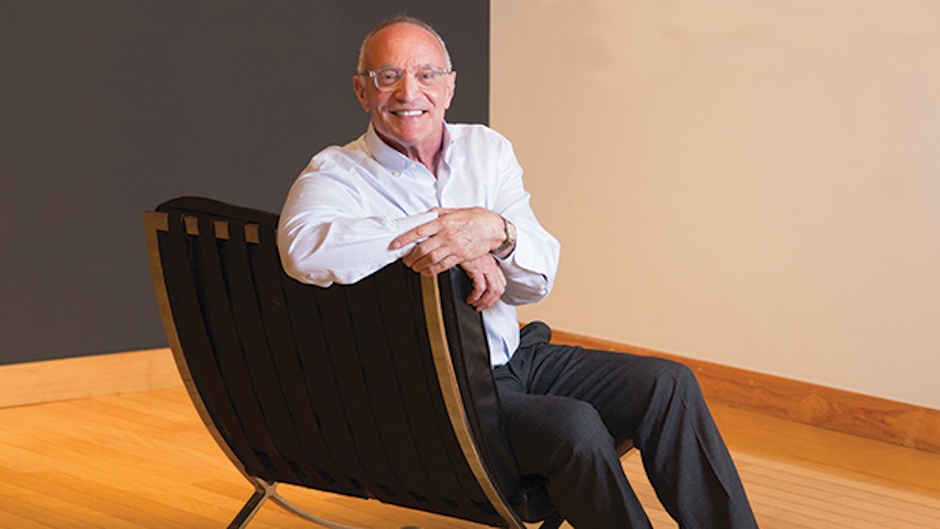The contemporary artist Daniel Arsham, whom Interior Design magazine calls a “master manipulator,” and his lawyer, Miami Law adjunct professor Vivek Jayaram, will be at the Lowe Art Museum for a conversation about business and legal issues faced by prominent artists in the 21st century.
Moderated by Miami Law’s Professor Stephen Urice, who is also Director of the Law School’s Arts Law LL.M. Track, the presentation offers a look inside the everyday decisions that artists and lawyers must consider when building a sustainable, successful relationship.
“The intersection of law and the visual arts has grown ever more complex,” said Urice. “Today, successful artists need the counsel and advice of attorneys with whom they are comfortable and who are knowledgeable about art law and the art market.”
Jayaram, an adjunct professor in Miami Law’s Entertainment, Arts and Sports Law LL.M. program, is both an entrepreneur and an attorney, advising clients around the world regarding business disputes, intellectual property matters, and commercial transactions. He has represented Fortune 500 companies as well as creatives and their corporations in a variety of industries, including technology, digital media, software, visual art, film, television, music, food and beverage, engineering, real estate development and construction, and healthcare.
Urice is an internationally recognized expert in cultural property law and a former trusts and estates practitioner. An archaeologist and an attorney, Urice is now a tenured member of the law faculty at the University of Miami School of Law. Previously he served as a lecturer at University of Pennsylvania Law School and on the adjunct faculty at UCLA School of Law. He regularly lectures nationally and internationally on art law, museum law, and cultural heritage law.
A New York-based artist who grew up in Miami, Arsham’s aesthetics revolve around his concept of fictional archaeology. Working in sculpture, architecture, drawing, and film, he creates ambiguous in-between spaces or situations, and further stages what he refers to as future relics of the present. They are eroded casts of modern artifacts and contemporary human figures, which he expertly makes out of some geological material, according to the artist’s biography.
“We are fostering opportunities for students to have exposure to the variety of questions that they must be equipped to assess when dealing with high profile, internationally known clients in the entertainment, arts, and sports industries,” said Samantha Finkel, president of Miami Law’s Entertainment & Sports Law Society. “This event features three different perspectives that should all be considered in the complex world that is art law.”
The event, organized by the law school’s Entertainment & Sports Law Society, in conjunction with the Lowe Art Museum and UM’s Business School, is the first session of a six-part series of engaging evening talks on “The Art of Collecting” that address many of the most important facets of the contemporary art world.
More on Art Law at University of Miami Law

